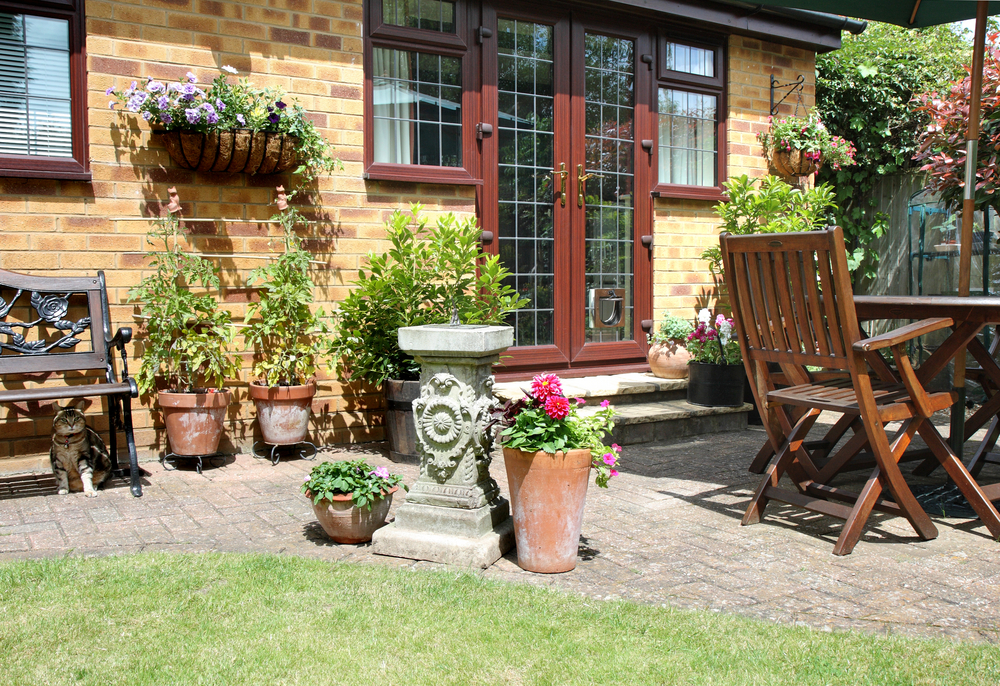Guide to Cleaning your Conservatory Guttering
Whether for entertaining family and friends, as a home office or gym, or as a playroom, installing a conservatory or orangery is a great way to gain extra space without the expense and upheaval of a traditional extension. A conservatory is a significant investment for your home and it’s well worth paying attention to maintenance, both to keep it looking good as well as making sure it’s a cosy, comfortable place to spend time.
Why is cleaning guttering so important?
As with all structures with a pitched roof, it’s important to make sure that rainwater drains away freely through the downpipes into the drains. Dirt and debris can build up quite quickly so it’s advisable to check your conservatory gutters at least twice a year. If your conservatory is situated near trees, you’ll probably notice leaves accumulating in the gutters during the autumn but debris blown from further away can also cause blockages at any time of the year.
If blocked guttering is not cleared, it will overflow and lead to stained walls. Dampness may seep into the conservatory or into the rest of your home, so keeping the gutters and downpipes free of any debris is essential. Luckily, cleaning conservatory guttering is easy to do.
Before you begin, there are a couple of points to bear in mind:
- You should not clean any component of a conservatory with a pressure washer as blasting water at high pressure can cause damage. Conservatories are designed to stand up to rain, hail and snow but the jet of water from a pressure washer might weaken the seals around the glass.
- To clear the guttering, you will need to be able to see inside it so using a ladder is essential. Don’t try to remove leaves or debris from gutters by using a long implement while standing on the ground. Gutters aren’t designed to carry much weight so too much pressure can cause damage. If you aren’t confident about climbing ladders, it’s advisable to employ a professional firm for this task.
Cleaning and maintaining your conservatory guttering in three simple steps
Follow these easy steps to keep your gutters and downpipes from overflowing:
1. Remove any visible debris
Depending on the height of your conservatory, a step ladder might be high enough to allow you to clean the guttering. Ask another person to steady the base of the ladder.
Debris is most likely to accumulate at the lower end of the gutter. You may find that some of the debris is quite compacted after being wetted by rainwater and dried repeatedly, making it difficult to remove. Using a gutter scoop or a garden trowel, remove any leaves, sticks and tree seeds and place in a bucket. Dirt removed from the gutter is suitable for composting.
If you can see any other patches of debris that you can reach safely, remove them, repositioning the ladder as necessary. Always bear your safety in mind and be careful not to overstretch.
2. Clean the gutter with a hosepipe
Run water from a hosepipe through the gutters to check that they are free of any small pieces of debris and that water can run through them freely. Direct the stream of water towards the downpipe. You may find that if it’s a while since the guttering has been cleaned, dirt may splash the glass so use a gentle flow before turning the turn the water fully on.
3. Inspect the downpipes
A downpipe carries the water away from the guttering either directly into the sewerage system or into a water butt. If the downpipe is blocked, it can be tricky to release the blockage without damaging the pipe. Use the flow form the hosepipe to push the debris downwards. If this is unsuccessful, try using a plumber’s “snake”, working from the ground level up before flushing again with the hose. Try not to apply too much force as guttering and downpipes may become detached, resulting in further repairs.
Bespoke conservatories from Bergson & Eaton
At Bergson & Eaton, we have a wealth of experience in designing, manufacturing and installing high-quality bespoke conservatories and orangeries to suit any style of property. Whether you’re upgrading an existing conservatory or installing a new one, call into our Aylesbury showroom where our expert team will be happy to advise you.
Book a Remote Quote
In response to Covid-19 and the governments guidelines, Bergson & Eaton now offer remote quotes.
Find Out More





